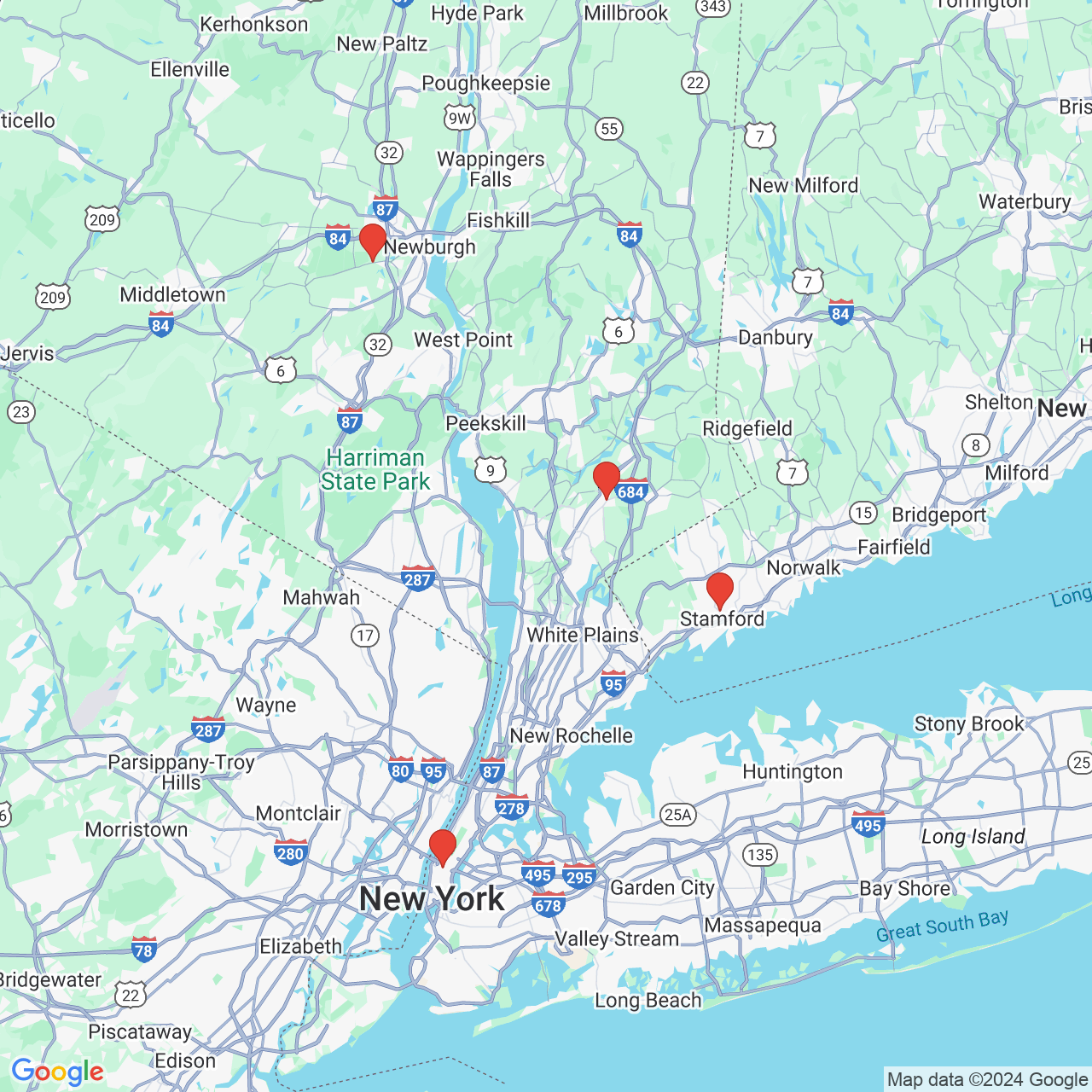IGAP (inferior gluteal artery perforator) Flap
The buttock is an area of abundant fat deposition in most women. A breast can be created using the skin, fat, and small blood vessel branches that nourish this tissue from both the upper (SGAP flap) and lower (IGAP flap) buttock. The lower buttock tissue is usually nourished by branches from the inferior gluteal artery. In contrast to the gluteus musculocutaneous flap, the gluteus muscles and muscle function are maintained with a IGAP flap procedure.
An IGAP flap can remove the extra lower outer tissue of the buttock "saddle bag" without disturbing the upper central fullness of the buttock. The upper central fullness of the buttock is considered the "aesthetic unit" of the buttock and an attempt should be made to preserve it if possible. The scar resulting from an IGAP flap is designed to fall in the inferior gluteal crease or shadow from the buttock, but a portion of the scar is usually not hidden by a regular bathing suit.
MRA images are used to identify the exact location of blood vessels branching from the inferior gluteal artery. The advance knowledge of the blood vessel characteristics and location from the MRA can enable the IGAP flap to be positioned better in the lower outer buttock by identifying large vessels in the lower outer buttock. This frequently enables the IGAP flap to be shifted away from the center of the buttock, to impact less on the fat along the lower inner buttock that cushions when you sit.
